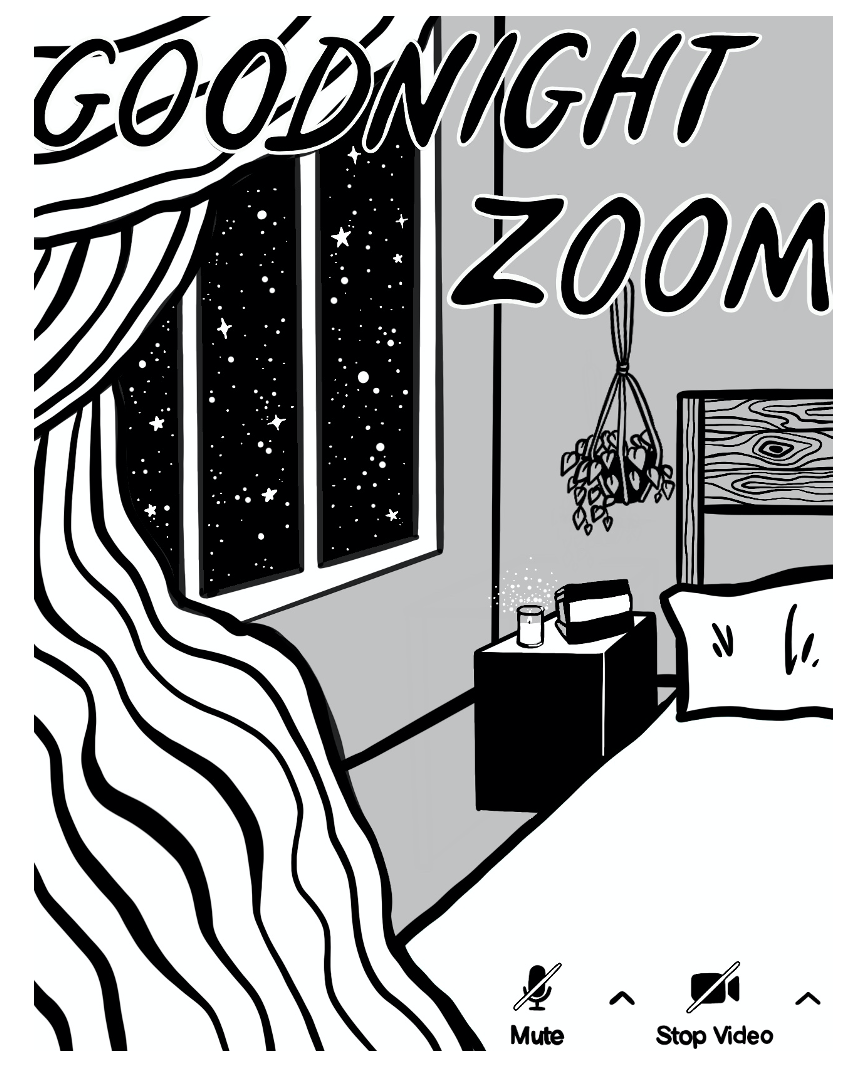Using Plarn in an Inpatient Setting
- Drexel ATC

- Dec 3, 2020
- 2 min read
CATX 631 Art Journals: Claire Picard
Week 4: Knitting/Crocheting
Population: Adults
Disorder: Schizophrenia Spectrum and other Psychotic Disorders
For this assignment I chose to use a mix of making ‘plarn’ and finger knitting. I did this mainly for accessibility, as I didn’t have any access to yarn or knitting/crochet needles. I was able to locate some plastic bags and quickly learned how to create plarn in a quick process involving folding the bag and snipping along certain lines. This process was extremely gratifying as a single plastic bag quickly turned into a multi-foot length of plarn. The process of finger knitting was both satisfying and frustrating at different moments in time. Initially I was satisfied by the quickly growing length of rope, but experienced frustration when I would pull the plarn too tight and it would snap. After completing the process I felt both attached to the physical product while also unmotivated to use the ropes for a practical/artistic use. I think that this process in a group would be more effective as the opportunity for collaboration is great.
I have chosen to use this process with adults experiencing schizophrenia or other psychotic disorders. The process of finger knitting the plarn fell into a strong sensory and kinesthetic component of the ETC, allowing group members to ground themselves in the present moment and reality. Furthermore, the repetitive pattern of the knitting allows for a soothing process to focus on the task at hand. Hinz (2018) claims “familiar repetitive movements moderate the dopamine effect and reduce arousal levels… [as] rhythmic movement also activates the cerebellum and releases norepinephrine in the locus coeruleus, providing a calming effect” (p, 44). The repetitive action of finger knitting could allow adults experiencing the effects of schizophrenia or psychotic disorders an opportunity to calm their brain and reduce their arousal. In a study analyzing the benefits of knitting for personal and social wellbeing in adulthood (Riley, Corkhill & Morris, 2013) respondents “commonly reported that induced feelings of calm and relaxation were related to the rhythmical nature of the knitting process” (p. 53), with 61% of respondents reporting that “it improved their concentration” (p. 54). The opportunity for group collaboration could be effective in supporting socialization skills. The same study had 86% of respondents report that “knitting with others gave them a feeling of belonging” with 90% reporting, “they had made several or more friends through knitting” (Riley et. al, p. 54). The findings of this study suggest the numerous benefits of knitting in an art therapy group. Tailoring this experience specifically to adults experiencing Schizophrenia or a psychotic disorder, it would be important to screen participants for safety utilizing a material such as plarn to ensure there is not litigation risk.
Hinz, L. D. (2018). Beyond self-care for helping professionals : The expressive therapies continuum and the life enrichment model. ProQuest Ebook Central https://ebookcentral-proquest-com.ezproxy2.library.drexel.edu
Riley, J., Corkhill, B., & Morris, C. (2013). The benefits of knitting for personal and social wellbeing in adulthood: findings from an international survey. British Journal of Occupational Therapy, 76(2), 50-57.




Comments